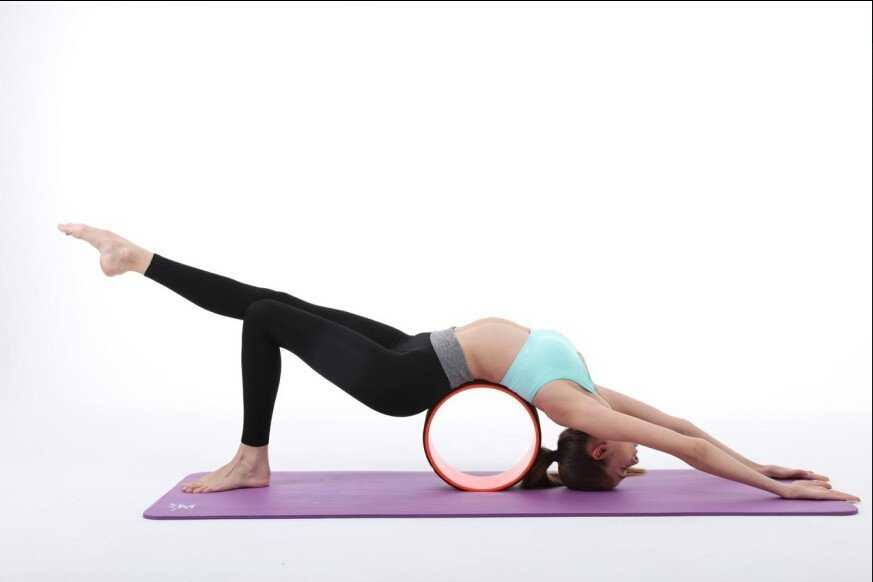BY: TRISHA CURLING
I often get questions from people about what yoga poses they should do to “fix” their back pain. Yoga is not a one size fits all practice, and neither is back pain a one size fits all diagnosis. Yes, there are some general movements/poses that can be suggested for someone, but there are a number of things to consider for each individual. The best place to start is consulting with your health practitioner. This person will provide vital information for Yoga Teachers and Personal Trainers like myself, who can then utilize this information in conjunction with any other findings during the thorough assessment of different movement patterns that are completed when working together. The poses that are offered by a yoga teacher we must remember, are offered as suggestions for our particular ailment. It doesn’t mean that it is a “quick fix”. They are also things that we can begin to work with to see if they actually help us. Everyone is different. With all of this, it is imperative that we listen to our own bodies and work in ways that are kind and honor the intuition that speaks to us when we are working to ease pain and/or better our movements. Let’s look at some of the possible issues and some of the yoga postures that MIGHT be helpful.
Sometimes when we are experiencing pain, we tend to want to take movement out of the equation. This can actually be extremely counterproductive. When given the green light from your doctor, begin to move in subtle ways that will encourage healing. If we are experiencing “Lower Back Pain” one of the contributors may be from compression of the discs in the lumbar spine. Starting in postures that are on your back (supine) will help to take some of the pressure off. Subtle supine twisting postures may help to equalize the pressure that is required in the discs so that they may operate as they should (to absorb shock and create space between each vertebra).
There are many variations, but a nice one to start off with is this variation of:
Supine Twist
Start by lying in a comfortable position on your back with the backs of your shoulders flat on the floor or yoga mat, legs extended all the way out. Create more space between the shoulders and your ears by “walking” your shoulder blades toward the direction of your feet. Next, draw both knees in toward your chest and let them fall to the right side. Then, gently place your right hand on the outside of your right thigh or knee and guide your bent legs softly toward the ground. Let your left arm layout long beside you as if opening your arms wide to give a big hug. Lastly, take your glance to the direction of the left arm to get a nice neck stretch on the right side. Take a few deep breaths in this position and then repeat on the other side.
Repeating movements like this daily can encourage the nourishment required for the spine. They encourage the release of synovial fluid in the spine. This becomes increasingly more important, especially as we age and/or if we have decreased activity in our lives for one reason or another.
Another contributor to back pain is often weak muscles. In particular, the glutes, back extensors and/or psoas. Over time, as we develop different habits, patterns, and postures, we may no longer make proper connections with different areas of our bodies. Look out for my article in the next issue for some poses that may be helpful in strengthening these muscles.

